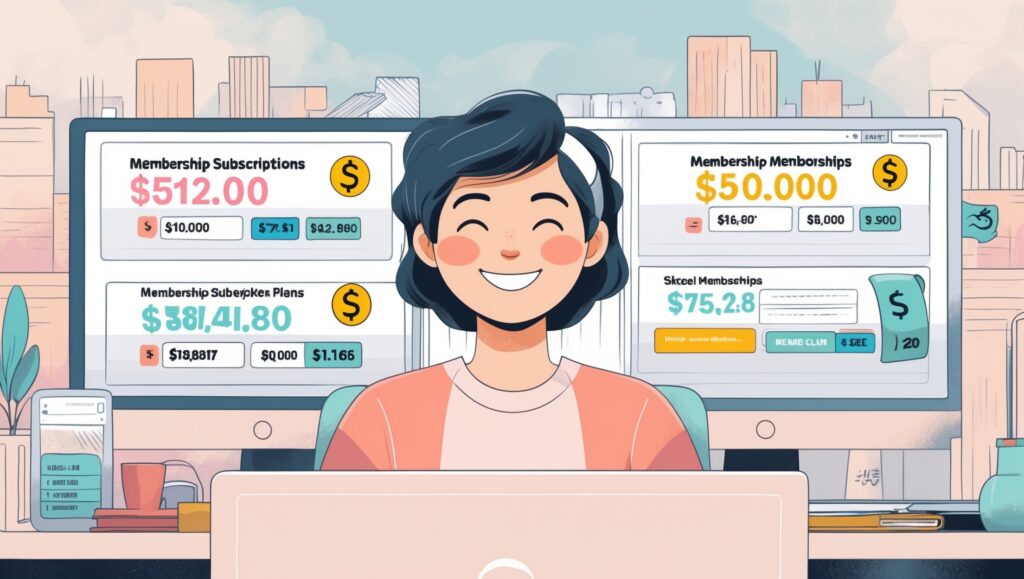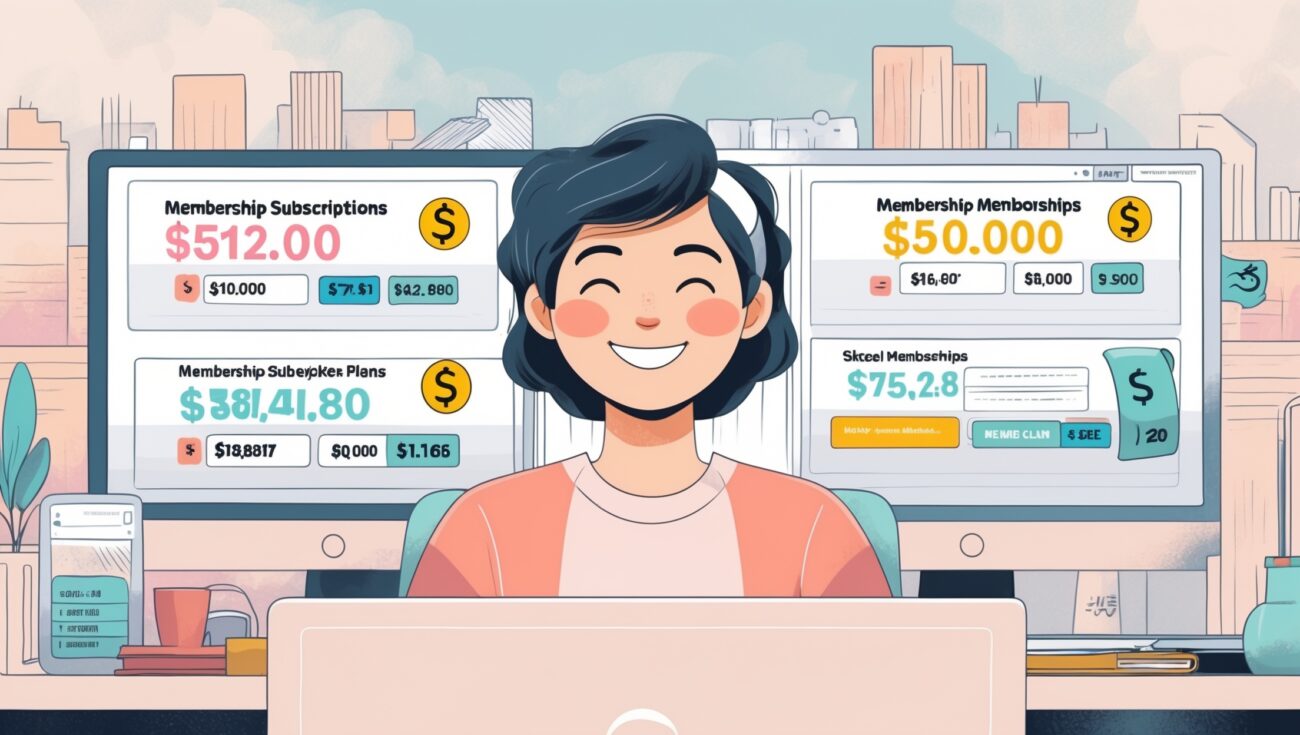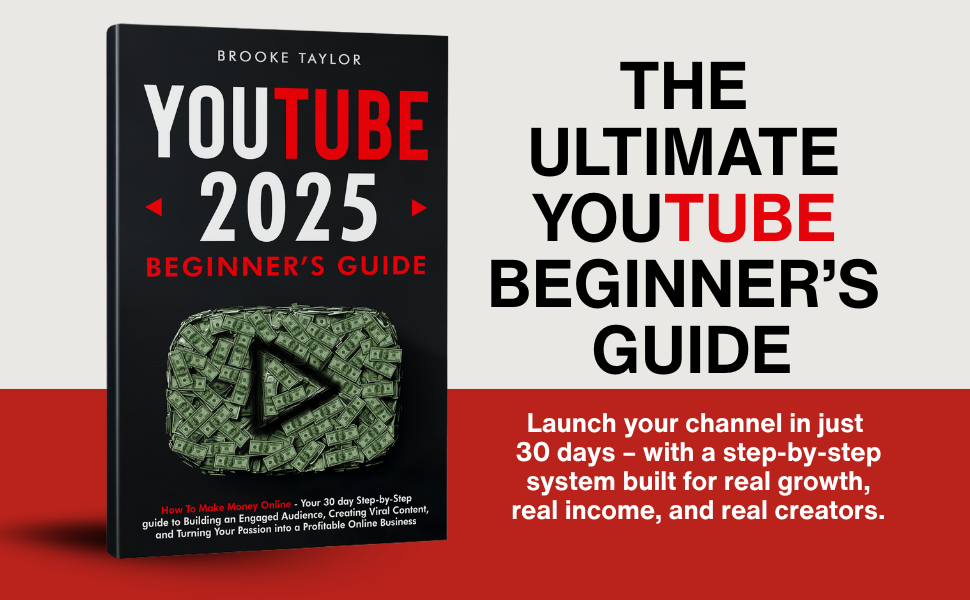How Creators Make Money with Skool Memberships
How I First Made Money with Skool
When I first heard about Skool, I was skeptical. Another membership platform? I had already tested Facebook groups, Discord servers, and even premium course platforms. Some were clunky, others expensive, and none of them truly combined community, courses, and coaching in one simple space.
But after trying Skool for myself, things clicked. Not only did I build a thriving community, but I also discovered that creators—just like me—were making serious recurring income with Skool memberships.
This guide breaks down the exact ways creators monetize Skool, what works best, and how you can use the same strategies to start generating income.

Table of Contents
Why Skool Works for Monetization
Most creators fail to monetize their communities because they’re stuck piecing together multiple tools. One for payments, another for courses, a third for chat, and a fourth for scheduling calls.
Skool solves this by putting it all under one roof:
- Community – Like a private social network for your members.
- Classroom – Host your courses and digital products.
- Calendar – Schedule events, coaching calls, and workshops.
- Gamification – Levels, points, and leaderboards that drive engagement.
This combination makes Skool one of the most creator-friendly platforms for monetization. Members stay engaged longer, churn drops, and recurring income grows.
Business Model #1: Paid Community Memberships
The simplest way to make money with Skool is by charging a monthly subscription fee for access to your community.
For example, you could charge:
- $29/month for a beginner community.
- $99/month for access to courses + group coaching.
- $299+/month for premium masterminds.
I started with a $50/month membership, and within a few weeks I had enough signups to create predictable recurring revenue.
Imagine 100 members paying $50/month. That’s $5,000/month on autopilot.
You can start your own paid membership right here: Join Skool and set up your community.
Business Model #2: Courses + Membership Bundles
Most platforms make you choose: are you selling a course or a membership? With Skool, you can combine both.
Here’s how it works:
- Upload your course in the Classroom tab.
- Charge a one-time or monthly fee for access.
- Keep students engaged with the community and events.
This model works great because:
- Members don’t just buy a course and disappear—they stay for community.
- You earn both one-time sales and recurring income.
- Students get better results when they’re supported by peers.
Business Model #3: Group Coaching & Masterminds
One of the most profitable ways creators use Skool is for group coaching. Instead of running messy Zoom calls and chasing payments, you can:
- Use Skool’s calendar to schedule live calls.
- Host recordings in the classroom.
- Charge $100–$500/month (or more) for access.
I’ve seen creators running mastermind groups at $1,000/month per person. With just 20 members, that’s $20,000/month. Skool makes this model simple because everything is in one place.
Business Model #4: Challenges and Programs
Another proven way to make money with Skool is by running paid challenges. For example:
- A 30-day fitness challenge.
- A 21-day content creation bootcamp.
- A 60-day business accelerator.
Members pay for access to the structured program inside Skool, and the community + gamification keeps them motivated.
Challenges are powerful because they create urgency and short-term commitment that often leads to longer memberships.
Business Model #5: Hybrid Monetization
Some of the most successful Skool creators combine multiple models:
- A low-ticket membership ($29/month).
- A mid-ticket coaching program ($199/month).
- A high-ticket mastermind ($1,000+/month).
This hybrid approach allows you to serve different levels of customers while maximizing revenue.
For me, I started with one offer, then layered others as demand grew. Skool made it easy because I didn’t need extra tools to expand.
Step 1: Set Up Your Skool Community
Here’s how I set mine up in under an hour:
- Sign up for Skool – Click here to get started.
- Name your community – Something clear, niche, and attractive.
- Upload your first lessons – Don’t overthink it; start simple.
- Create your pricing plan – Monthly subscriptions are the easiest.
- Invite your first members – Start with friends, email lists, or social media followers.
Once people start joining, you’ll see momentum build fast.
Step 2: Attracting Members
Monetization only works if you can consistently bring in new members. Here are the strategies that worked for me:
- SEO & Blogging – Writing guides (like this one) around terms like membership sites, digital products, and community platforms.
- YouTube videos – Tutorials and breakdowns of Skool features with my affiliate link.
- Email list – Offering a free resource and inviting subscribers into my Skool community.
- Social media – Sharing member wins, results, and behind-the-scenes.
- Free trials or lead magnets – Letting people “test drive” before committing.
Marketing is about showing the transformation your community offers, not just the features.
Step 3: Keeping Members Engaged
The real money comes from retention. A member who stays for 12 months is worth far more than someone who cancels after 30 days.
Here’s how I keep people engaged:
- Gamification – Members level up by contributing, unlocking new perks.
- Weekly calls – Live coaching or Q&A keeps energy alive.
- Challenges – Fun, short-term commitments that create results.
- Recognition – Shoutouts for top contributors.
- Exclusive content – I post things in Skool that I don’t share anywhere else.
When members feel seen and supported, they don’t just stay—they invite others in.
Step 4: Scaling Your Income
Once your Skool membership is running smoothly, you can scale it without burning out:
- Raise prices as demand grows.
- Add tiers (basic, premium, VIP).
- Automate onboarding with pinned posts and welcome videos.
- Affiliate referrals—reward members for bringing in new signups.
- Paid ads—use profits to fuel faster growth.
The best part is, Skool makes scaling simple because the systems don’t break as you grow.
Why Skool Outperforms Other Platforms
I’ve tried almost every platform out there. Here’s why Skool stands out for making money:
- Kajabi – Great but expensive and complex.
- Teachable – Good for courses, weak for community.
- Discord – Free but chaotic and unstructured.
- Facebook Groups – Distracting, algorithm-controlled.
Skool is built for creators who want simplicity, engagement, and profitability. It eliminates tech overwhelm so you can focus on building and monetizing.
Try it yourself: Start your Skool membership here.
Real Examples of Skool Monetization
I’ve seen creators monetize Skool in inspiring ways:
- Fitness coaches running $49/month challenges.
- Entrepreneurs hosting $500/month masterminds.
- Traders offering premium signals and lessons.
- Creatives selling tutorials with community accountability.
- Consultants packaging coaching into tiered memberships.
The common thread? They all use Skool’s community + classroom + calendar to deliver results.
FAQs About Making Money with Skool
1. How much can I realistically earn with Skool?
It depends on your niche and pricing. Even 50 members at $50/month is $2,500 recurring revenue.
2. Do I need a large audience?
Not necessarily. Small, niche audiences often convert better.
3. How fast can I start earning?
Some creators make their first sales within weeks of launching.
4. Is Skool beginner-friendly?
Yes. I set mine up in under an hour without needing technical skills.
Conclusion: Your Skool Membership Can Be Your Income Engine
Making money online doesn’t have to be complicated. With the right platform, structure, and strategy, you can turn your knowledge into a profitable membership business.
For me, Skool was the missing piece. It simplified everything, kept members engaged, and gave me the confidence to grow.
If you’re ready to monetize your expertise, the best next step is to start your own Skool membership.
Sign up for Skool here and start building recurring income today.







